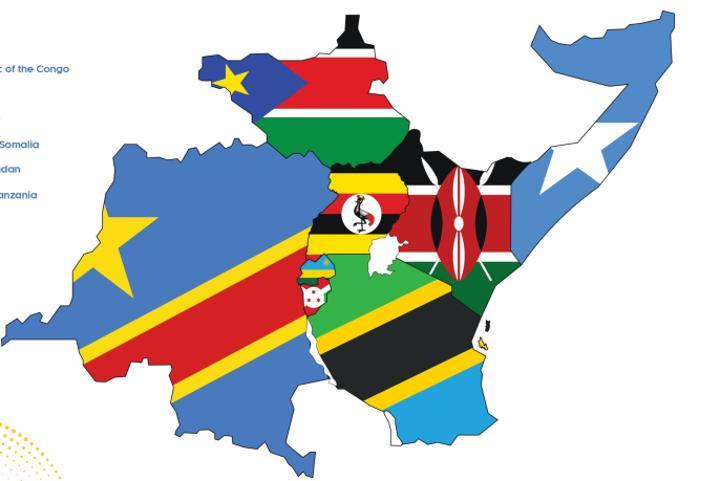Africa-Press – South-Sudan. Finance Ministers across the East African Community (EAC) have begun presenting their national budgets for the 2025-2026 fiscal year, South Sudan yet to present.
These spending plans are being unveiled amid a challenging global economic environment and persistent regional geopolitical tensions. Notably, South Sudan is yet to formally present its budget to the national parliament.
South Sudan’s proposed budget
Last week, on June 10, the Economic Cluster proposed a 5.2 trillion South Sudanese Pounds (SSP) budget for the 2025-2026 fiscal year to the Economic Cluster. This marks an increase of one trillion pounds from the previous year’s 4.2 trillion SSP budget.
According to the Office of the Vice President and Chairperson of Economic Cluster, the budget, presented by Minister of Finance and Planning Dr. Marial Dongrin Ater, aims to accelerate economic recovery, ensure macroeconomic stability, and support the country’s democratic process.
EAC Budgetary Trends
As other EAC nations grapple with global economic shifts and potential foreign aid reductions, a common theme in this year’s budget presentations is a cautious stance on new taxes.
Kenya, Uganda, and Tanzania have largely opted to slow down on introducing significant new tax measures. Rwanda, however, stands as an exception, having introduced new tax measures that saw its national budget increase by a notable 21 percent.
Key budgets across the region
Kenya
East Africa’s largest economy, Kenya, is set to unveil a Ksh4.29 trillion (approximately USD 33.03 billion) budget for the 2025-2026 financial year, with a strong focus on revenue-raising measures.
The government estimates it will raise Ksh3.324 trillion (USD 25.63 billion) as ordinary revenue and appropriation-in-aid, with the remaining Ksh916.5 billion ($7.06 billion USD) sourced from domestic and external borrowing.
Initial reports indicate the military emerged as the biggest winner in the parliamentary reorganization of the Treasury’s budget, while public financial management, education, and sports faced cuts.
Uganda
Uganda’s Minister of Finance is presenting a budget that will notably focus on oil and gas activities and infrastructure development.
The Treasury expects to spend Ush72.3 trillion (approximately USD 20 billion) in the 2025-2026 fiscal year on government programs, a figure relatively unchanged from the current 2024-2025 fiscal year’s Ush72.1 trillion (USD 19.94 billion).
This spending is projected to increase the economy’s gross domestic product (GDP) by Ush27.3 trillion (USD 7.55 billion) during the period.
Rwanda
Rwanda’s Minister of Finance will present a budget of Rwf7 trillion (approximately USD 4.9 billion) for the 2025-2026 financial year, starting in July.
This represents an additional Rwf1.2 trillion (USD 840 million), marking a 21 per cent increase compared to the current Rwf5.8 trillion (USD 4.06 billion).
Key priority areas for Rwanda include the construction of a new airport in Bugesera, as well as significant investments in agriculture, education, healthcare, housing, and improving electricity connectivity.
The Rwandan government expects to raise Rwf4.1 trillion (USD 2.7 billion) in domestic revenues, accounting for 58 per cent of the budget.
For More News And Analysis About South-Sudan Follow Africa-Press






